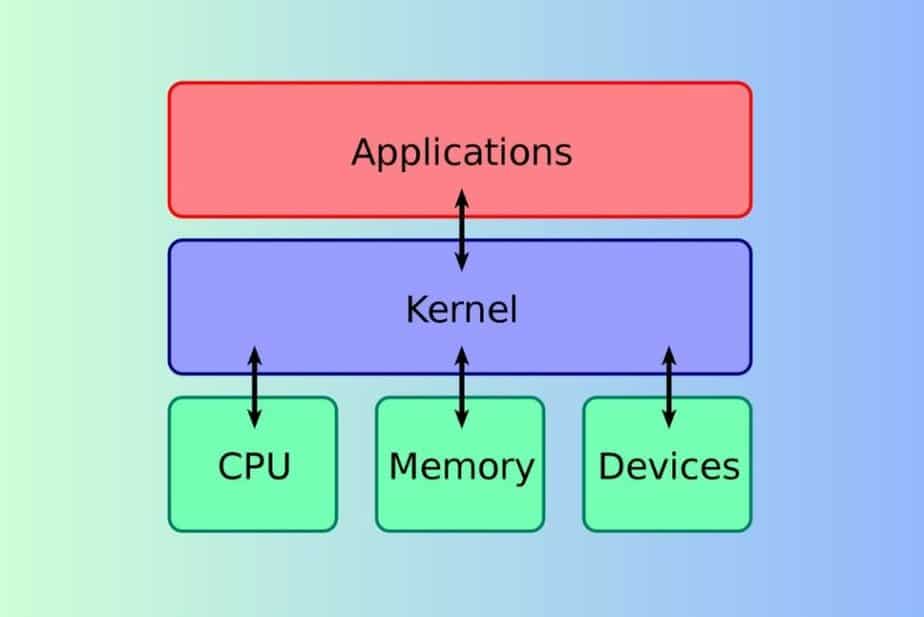Diving Deeper into Android: Rooting and Custom Kernels
In our last post, we explored the Android Kernel: its role, how it functions, and its importance in an Android device’s operation. Today, we’re going to delve deeper into how you can interact with this kernel through rooting and custom kernels, which can provide you with greater control over your device’s performance and functionality. Let’s dive in.
Understanding Android Rooting
Rooting is a process that allows users to gain privileged control (known as root access) over various Android subsystems. As Android uses the Linux kernel, rooting an Android device gives similar access to administrative (superuser) permissions as on Linux or any other Unix-like operating system such as FreeBSD or macOS.
Rooting is often performed with the goal of overcoming limitations that carriers and hardware manufacturers put on some devices, resulting in the ability to alter or replace system applications and settings, run specialized apps that require administrator-level permissions, or perform other operations that are otherwise inaccessible to a normal Android user.
How Does Rooting Interact With the Android Kernel?
Rooting doesn’t directly modify the kernel, but it allows you to interact with it in ways you couldn’t before. For example, with root access, you can make system-level changes that could alter the kernel’s behavior.
This includes things like adjusting the CPU’s frequency or changing the device’s memory management settings, which are tasks that directly interact with the kernel. It also allows for the installation of apps that require direct kernel access to function.
What are Custom Kernels?
A custom kernel, on the other hand, is a modified version of the original kernel that comes with additional features and enhancements. These kernels are created by independent developers and offer a variety of features not found in the stock kernel.
For instance, some custom kernels allow you to adjust the CPU’s voltage to increase battery life or the CPU’s frequency to improve performance. Others might include features like additional file system support, improved memory management, or even the ability to overclock or underclock the device.
Some of the most popular Android custom kernels are arter97 Kernel, ElementalX Kernel, blu_spark Kernel, Kirisakura Kernel, and Radioactive Kernel.
Why Use a Custom Kernel?
Custom kernels can provide a variety of benefits, depending on what features they include. Some of the most common reasons for installing a custom kernel include:
- Performance enhancements: Many custom kernels include optimizations that can increase your device’s speed and responsiveness.
- Better battery life: Some kernels include power-saving features that can significantly extend your device’s battery life.
- Additional features: Custom kernels often come with additional features not found in the stock kernel, such as advanced color control, sound enhancements, gesture controls, and more.
- Increased control: Perhaps the most significant benefit of a custom kernel is the increased control it gives you over your device. With a custom kernel, you can tweak and customize your device to a much greater extent than with the stock kernel.
Wrapping Up
Rooting and installing a custom kernel can provide you with an unprecedented level of control over your Android device. However, these processes aren’t without risks. Rooting your device can void your warranty, and incorrectly installing a custom kernel can potentially brick your device. Therefore, it’s crucial to understand what you’re doing and follow all instructions carefully.
In our next post, we’ll provide a step-by-step guide on how to root your Android device and install a custom kernel. Stay tuned for more in-depth information on optimizing and personalizing your Android experience!




